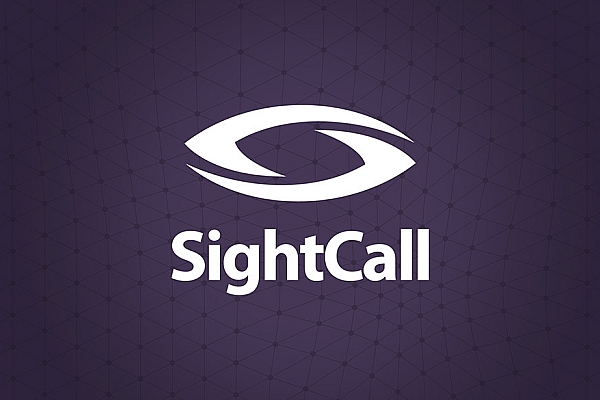Medical device manufacturers, healthcare organizations, and operators are tasked with keeping their assets working efficiently while reducing the cost of maintenance and time-sensitive repairs. This is a constant challenge considering the ever-increasing demand for state-of-the-art medical imaging equipment. How does a company meet expectations of innovation while simultaneously maintaining a high degree of profitability?
For machinery that ranges from hundreds of thousands to several million, downtime is simply not an option. Research shows that an MRI machine can be down for 30-60 hours a year on average. If the average scan costs 2,000 USD and takes one hour to perform, providers are facing a loss of 60-120k annually per MRI machine. Malfunctioning equipment is a bottleneck to facilities and cost-generating centers, hitting their bottom line. In-home health care, properly functioning machinery can even mean the difference in life and death for some patients.
Juggling Customer Expectations and Technological Advancements
Emerging technologies and IoT advancements enable real-time condition monitoring and fault detection, empowering manufacturers to predict and diagnose issues like never before. While these advancements help, they are still partial solutions that must ultimately work in harmony with real technicians delivering repairs and support.
As the technology powering medical devices becomes more intuitive, it has simultaneously become more complex. Now more than ever, it’s costly to retain, hire and train technicians and engineers. Additionally, we live in an “Uberized” society where customers are conditioned to immediate response times and fast service resolutions. Patients no longer have the tolerance for long wait times and are emboldened to switch care providers if service expectations are not met. All of this leaves healthcare providers with the task of having fast access to technicians that can keep a wide variety of devices operable and meet growing demands.
At Field Service Medical, we spoke to service leaders about how they structure their engineering and technical teams to meet customer expectations and service demands in this rapidly changing environment. Their answers were varied, and the conclusion is that there is no one-size-fits-all solution, but it’s an area that can use improvement. Providers and Healthcare organizations are looking for a solution, or combination, that will reduce downtime, improve first-time fix and increase customer satisfaction.
The answer to their problem is easier than one might think; in fact, it’s already in your pocket.
Remote visual support, available through your mobile device, represents an opportunity for medical device manufacturers to differentiate, explore new revenue models, and improve marketability – all while reducing downtime. With SightCall, a remote expert can:
- guide the onsite operator in how to resolve a user or use error
- walk a technician through the repair
- remotely assess the issue and deploy a technician with the exact parts and instruction needed to effectively resolve the issue
Let’s take a look at how remote visual support can impact your organization.
1. AR-Powered Visual Assistance Reduces Downtime
Without waiting for an onsite technician to arrive and diagnose a problem, operators receive immediate technical support through the SightCall app on their mobile devices. SightCall Visual Support allows the remote expert to view and assess the machine before determining the next steps. If the issue can be fixed by the operator, the remote expert is able to guide them through the process using a robust suite of AR tools including live pointer and document sharing. If the issue cannot be resolved, the remote expert is able to take video and photos of the issue, creating a thorough work order before dispatching a technician. During a trial with customers, Core Health & Fitness, the makers of Nautilus, Star Trac, StairMaster, and Schwinn, found that 55% of onsite technician visits were avoided by using SightCall Visual Support on the first call.
2. AR-Powered Visual Assistance Reduces Truck Rolls
When a technician is dispatched onsite, there are times where they will face a complex or unknown situation that would traditionally require a second dispatch. Using SightCall as a stand-alone app or through a leading field service tool like SightCall for ServiceMax, they can contact their home office for expertise, or reach out to another technician in the field. Watching the live video through the back camera of the field technician’s mobile device, the expert can assess the situation remotely, using tools like augmented reality, live pointer, and on-screen annotations to guide the technician through the repair. Airbus deployed SightCall on the final production line of the A330, and was able to reduce time to resolution by 60 minutes with SightCall Visual Support.
3. AR-Powered Visual Assistance Improves Technician Training
Visual Assistance helps reduce the amount of overall training time that a new technician requires. With access to AR and remote visual support, technicians can be guided from their smartphone in new scenarios, receiving hands-on training while learning to become autonomous in the field. The onsite technician can be guided by AR, AI, and Remote Support, as well as training manuals and product documentation that can be shared within the video session. A study by The Service Council found that AR can reduce training time by 41%.
4. AR-Powered Visual Assistance Digitally Transforms Field Operations
The ability to see and guide remotely aids in the digital transformation of companies seeking to centralize their workforce, capitalize on institutional knowledge, combat the field service hiring shortage, and ensure standardized processes. When companies’ most skilled technicians can remotely assist on jobs from afar, they are able to spread their knowledge across the entire organization. This helps employers bring new hires up to speed more efficiently and make better use of relationships with third-party technicians. In addition to training humans, SightCall enables machine learning to help make your technicians more efficient. Images captured through video calls can be saved to the case file for future reference and training, and can also be fed into SightCall’s AI for greater insights and predictions that will improve processes and downtime.



